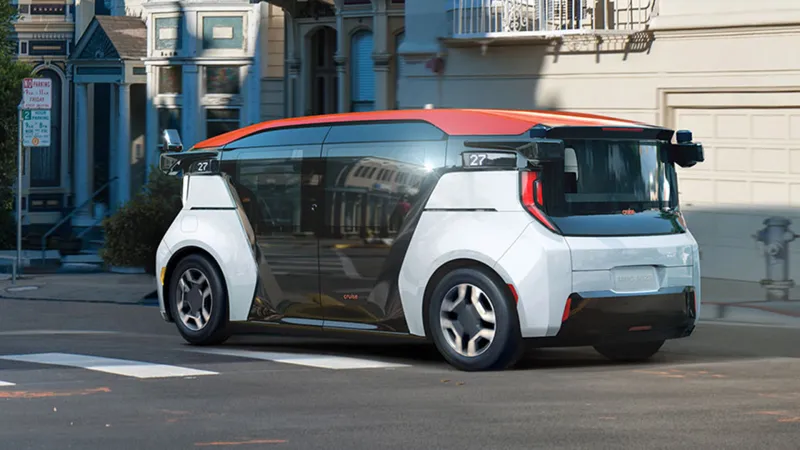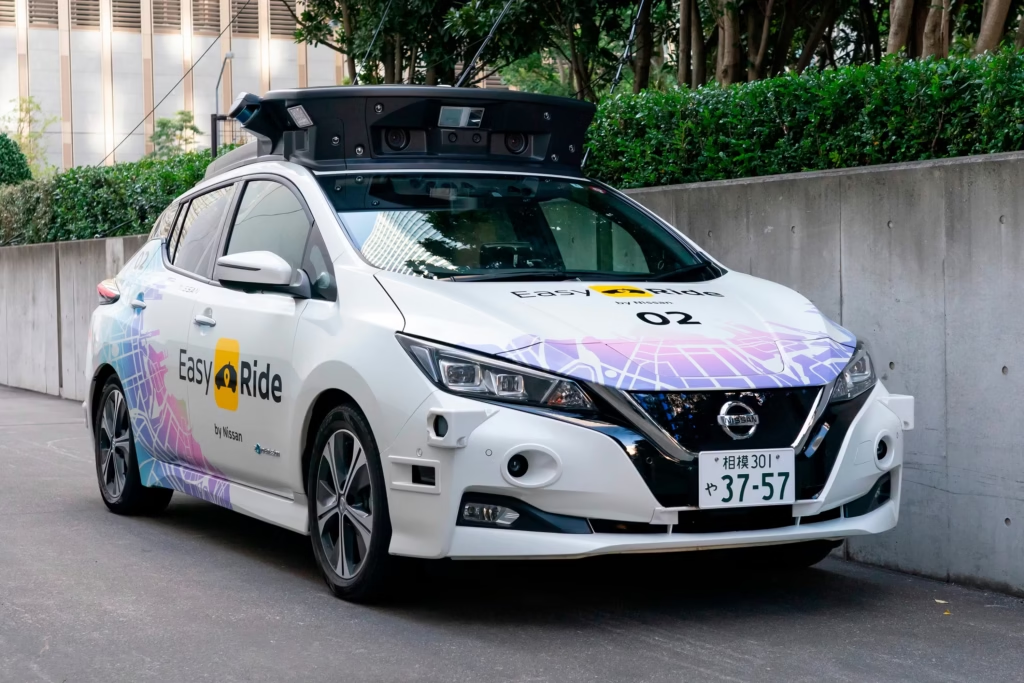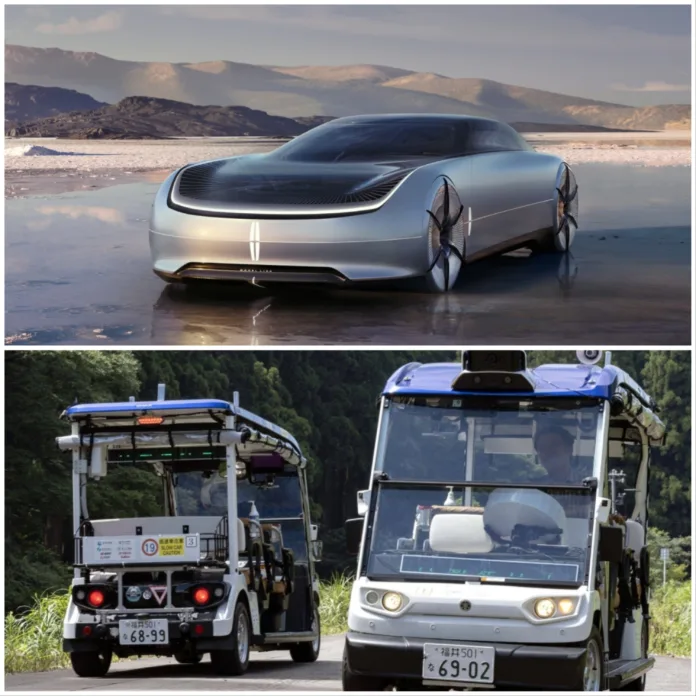Japan to Launch Autonomous Driving AI by 2025: A Game-Changer for the Auto Industry
The Japanese government is taking a significant step forward in the development of autonomous driving technology. To address the lack of real-world road environment and traffic condition data required for self-driving systems, Japan plans to develop an AI system capable of generating high-quality virtual data. This cutting-edge AI will be made available to private companies starting in 2025, marking a major milestone in the country’s push toward autonomous mobility.

A National Initiative to Boost Autonomous Driving
According to a report by Kyodo News, the Japanese Ministry of Economy, Trade, and Industry (METI) has allocated 7 billion yen (approximately 325 million RMB) in its 2024 supplementary budget to support this initiative. The funding will not only cover the development of the AI system but also other measures to accelerate the adoption of autonomous driving technology.
Key Goals of the Initiative
- Autonomous Taxis by 2027: The government aims to roll out self-driving taxis in rural areas by 2027, addressing transportation challenges in regions with aging populations and limited public transit options.
- Global Market Share by 2030: Japan is targeting a 30% share of the global market for vehicles equipped with autonomous driving systems by 2030.
How the AI Will Work
The AI system, developed as part of a national project, will be entrusted to IT companies and research institutions. Once completed, it will be made available to:
- Automobile Manufacturers: To enhance the development of self-driving cars.
- Parts Suppliers: To improve the integration of autonomous systems into vehicle components.

Why Virtual Data Matters
One of the biggest challenges in autonomous driving development is the lack of diverse and high-quality real-world data. The AI system will:
- Generate Virtual Data: Simulate road environments, traffic patterns, and driving scenarios.
- Improve Data Quality: Enhance the accuracy and reliability of data used for training autonomous systems.
This approach will significantly reduce the time and cost required for testing and development, giving Japanese automakers a competitive edge in the global market.
The Bigger Picture: Japan’s Vision for Autonomous Mobility
Japan’s push for autonomous driving technology is part of a broader strategy to address societal and economic challenges.
1. Solving Rural Transportation Issues
With an aging population and declining public transportation options in rural areas, autonomous taxis could provide a reliable and cost-effective solution. By 2027, the government hopes to deploy self-driving taxis in these regions, improving mobility for elderly residents and reducing the burden on local governments.
2. Strengthening Japan’s Automotive Industry
Japan has long been a global leader in the automotive sector, but the rise of electric and autonomous vehicles has intensified competition. By investing in AI and autonomous driving technology, Japan aims to:
- Maintain its leadership in the global automotive market.
- Ensure that Japanese automakers remain at the forefront of innovation.

3. Achieving Sustainability Goals
Autonomous vehicles are expected to play a key role in reducing traffic congestion, lowering emissions, and improving fuel efficiency. This aligns with Japan’s commitment to achieving carbon neutrality by 2050.
Challenges Ahead
While the initiative is ambitious, there are several challenges that Japan must address to achieve its goals:
- Regulatory Framework: Developing laws and regulations to govern the use of autonomous vehicles.
- Public Acceptance: Building trust in the safety and reliability of self-driving cars.
- Global Competition: Competing with countries like the US, China, and Germany, which are also heavily investing in autonomous driving technology.
A Bold Step Toward the Future
Japan’s decision to develop an autonomous driving AI system is a bold and forward-thinking move that could reshape the future of mobility. By addressing the challenges of data scarcity and leveraging cutting-edge technology, the country is positioning itself as a leader in the global race for autonomous vehicles.
With plans to roll out self-driving taxis by 2027 and capture 30% of the global market for autonomous vehicles by 2030, Japan is not just keeping pace with the competition — it’s setting the stage for a new era of innovation in the automotive industry.
As the project unfolds, all eyes will be on Japan to see how this initiative transforms the landscape of autonomous driving.


